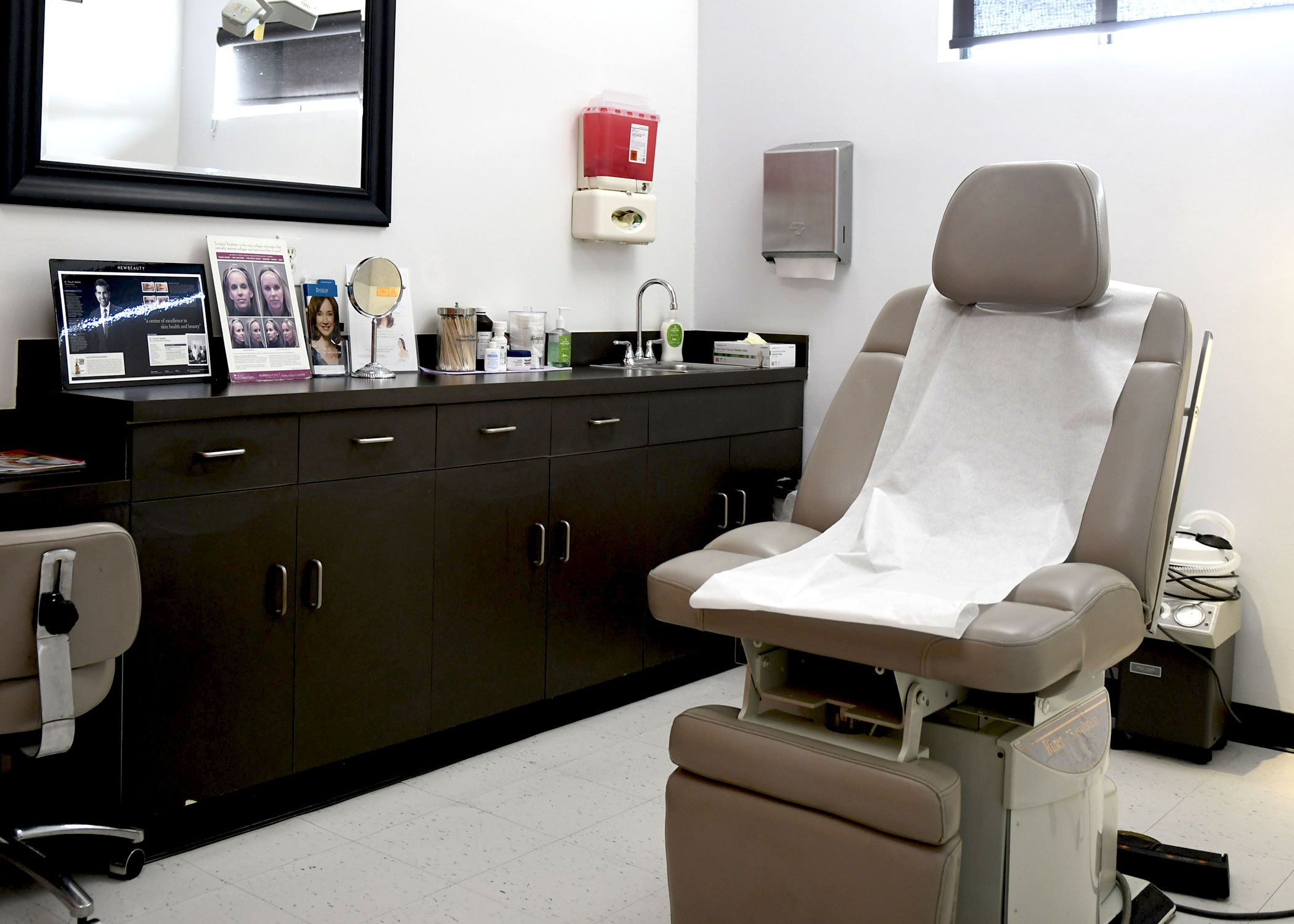Seborrheic keratosis refers to lesions on the skin that typically start as small, lightly colored bumps. Over time they can enlarge, grow waxy or scaly, and they may turn darker in color. Appearing mostly on adults middle-aged or older, they are sometimes referred to as senile warts or basal cell papillomas.
Is Seborrheic Keratosis Dangerous?
Although seborrheic keratosis resembles some types of skin cancers, especially malignant melanoma, the condition is harmless. However, because a biopsy is required to confirm the diagnosis, lesions should be examined by a board-certified dermatologist.
What Causes Seborrheic Keratosis?
The cause of seborrheic keratosis is unknown. It’s not related to sun exposure, but it does seem to run in families. Since the lesions tend to develop and progress as people get older, it is thought that they are related to processes of aging. The condition is not contagious.
What is the Treatment for Seborrheic Keratosis?
As there is no known prevention for this skin disease, and no topical or drug therapy to cure it, lesions must be removed by a professional. While it is not necessary to remove them, patients may wish to do so if the lesions are in areas where they are likely to become irritated, or for cosmetic reasons.
Dermatologists typically remove seborrheic keratoses using one of the following methods:
- Cryotherapy
- Shave biopsy
- Laser surgery
- Curettage and cautery
- Electrosurgery


